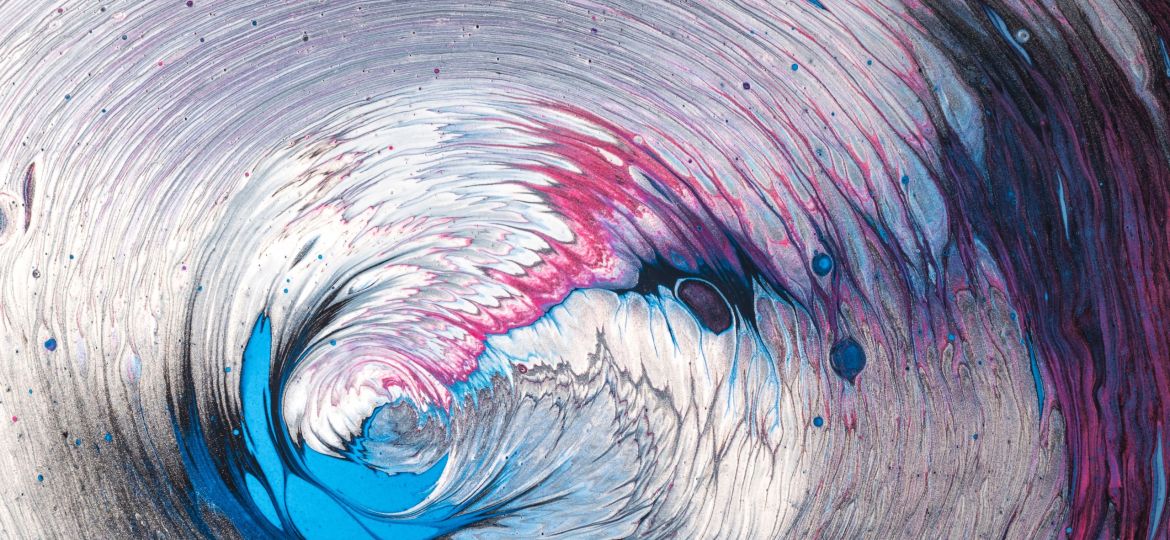
The year was 2021. After a lot of deliberation, psychiatrist appointments and therapy, I realised that I am not cisgender. At age 31!
But, for me, even being trans seemed to offer only binary options: be more ‘masculine’ in the way I present myself externally, or be as ‘feminine’ as usual. Having rejected womanhood and making use of only he/him pronouns, I labelled myself transmasculine.
My fashion choices were heavily determined by what could help me look transmasculine. All my clothes were picked to reflect this identity. How else would I ‘look trans’? I thought I needed to look ‘masculine’, so I had to dress the exact opposite of how I had dressed as a ‘cisgender woman’. I took inspiration from what I thought ‘real men’ would look like, based on the heteronormative society we live in. Social media confirmed my analysis and I spent all winter in oversized shirts and sweaters, baggy pants and a rather shapeless coat as they helped me pass as male. Each time I slipped unnoticed into a men’s line at the entry to my local mall or in the queue for changing rooms, I felt ecstatic that there were people who thought I didn’t ‘look like a woman’.
A few months later, in the summer, my heart gravitated towards soft ‘girly clothes’ like dresses and skirts. I wanted fitted clothes that I could twirl around in. The irony wasn’t lost on me; I had once abandoned traditional ‘femininity’, only to now crave to embrace it once again.
I was worried every day. If I didn’t look ‘masculine’, was I still ‘trans’? Why could I not fit neatly into one gender identity and one style of gender presentation instead of going back and forth? I felt like my gender identity of transmasculine was slipping away and that scared me.
In deep need of advice, I reached out to support groups on the Internet. What a letdown that experience was! The first support group I joined got upset that I was wearing lipstick: “You don’t look trans. You look happy and comfortable.” and, “Trans men don’t wear lipstick!” The second group had members who were appalled that I didn’t want gender-affirming surgery. “You have to start saving for top surgery!” and “Why do you still want to look like a woman?”

Who makes these rules? Why did I need to ‘look like a man’ to be transgender? It is primarily a product of society’s image of masculinity which rejects certain kinds of clothing, accessories, and makeup – the ones regarded as ‘feminine’. Because I did not want to identify as a woman, I was expected to ‘look like a man’.
It seemed like no one took me seriously because of how my body looks. I felt like an imposter, someone desperately pretending to be trans. How could I be trans if I didn’t tick off all the correct checkboxes demanded by politics, law, society and even the transgender community itself? As someone who has mental health issues, this gave me a lot of anxiety attacks about whether I looked masculine and not like the cisgender woman I was born and perceived as. One day, I would feel like I was ‘really’ transgender because I felt and dressed masc. The next day, I would panic because I wanted to wear earrings and wondered if maybe I’m not really transgender.
It was then that I heard of the term “genderfluid”. With time, I decided to adopt that label, refusing to fit anyone’s idea of transgender. It took me over a year to learn that my sense of style and presentation has nothing to do with my gender and I became unconcerned about how I looked or was perceived as.
Gender is a social construct anyway, so why was I trying to fit myself into a box? Dresses, skirts, oversized shirts, baggy pants, skinny jeans, shoes, earrings, and lipstick – all the things I stressed about are not intrinsically gendered; I was perceiving them that way!
It doesn’t matter how I look – if I don’t identify with being assigned female at birth, I don’t have to go the polar opposite and become a cis-passing man.
My gender identity has remained fluid and is reflected in my fashion choices. It shows how I feel on a given day. It is a way to communicate my identity, and how I want to be perceived by my friends, peers, and community. My sense of style helps me look like myself, no matter where on the gender spectrum I find myself or how I feel on a certain day.
As a queer and genderfluid person, I feel happiest when I look most like “me”, outside of any binaries and boundaries. At 33, two years from where I started my journey, I stand as a testament to the power of fluidity, both in identity and in fashion.
I still come under the trans umbrella. I am transgender, just on the genderfluid side! I use both she and he pronouns now and I find myself comfortable with both. I wear only what I want to, changing my appearance based on how I feel. Best of all, I don’t feel like an imposter anymore. I feel comfortable in my own skin.
Cover Image: Photo by Pawel Czerwinski on Unsplash